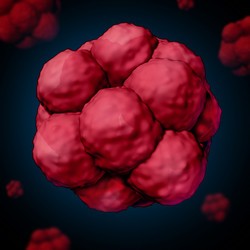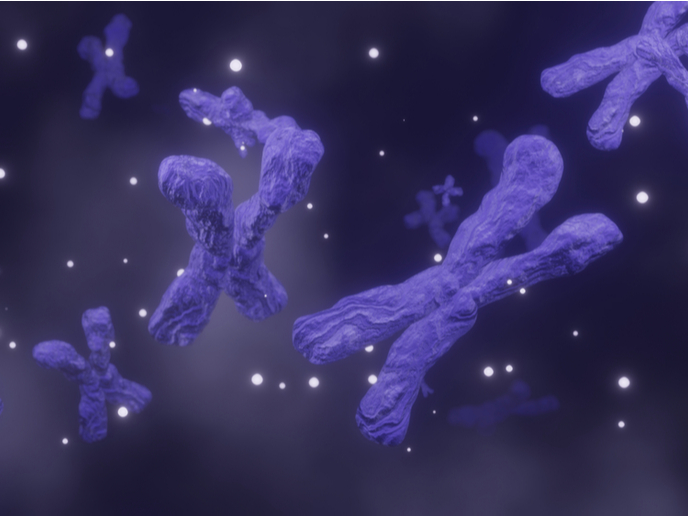Human stem cell destiny determination
Somatic stem cells only retain their unique functions when in contact with instructive signals in their environment. In this so-called stem cell niche, stem cells integrate a fantastic number of molecular signals with their own regulatory networks. The result is a specialised cell with a specific function and frequency that will be able to respond to physiological demands within the body. The EU-backed S.CE.N.E. (Deconstructing the stem cell niche in human interfollicular epidermis in vitro) project devised an ingenious experiment to investigate how stem cell fate is determined. A microchip contains two sorts of islands, each of which can capture tens of thousands of stem cells. One traps the cells and forces them to differentiate within 24 hours. In the other, larger-diameter island, the cells are able to spread and can therefore remain undifferentiated. Researchers used high-content imaging analysis to monitor the fate of hundreds of thousands of outer skin-layer stem cells. They also harnessed fluorescent reporters to study the effect of receptor-ligand interactions on stem cell differentiation. The sheer volume of data has generated data sets with a high significance level. 'Yes-associated protein' (YAP) was found to have a significant effect on stem cell development. As a transcription coactivator, YAP plays a critical role in organ size and is implicated in the development of human cancer. The team found that YAP is in part regulated by the physical properties of the substrate. Moreover, YAP overexpression can override niche signals. The scientists then went on to look at the impact of Notch ligands expressed in the human interfollicular epidermis on stem cell fate. Some Notch ligands induced strong receptor activation and induced terminal differentiation in large-diameter islands whereas others partly blocked differentiation in smaller microchip islands. S.CE.N.E. research results have established an in vitro platform with potential development application in stem cell niche interactions and drug discovery. Importantly, the platform provides an alternative to animal testing in toxicology.
Keywords
Stem cell, microchip, interfollicular epidermis, ligand, yes-associated protein







